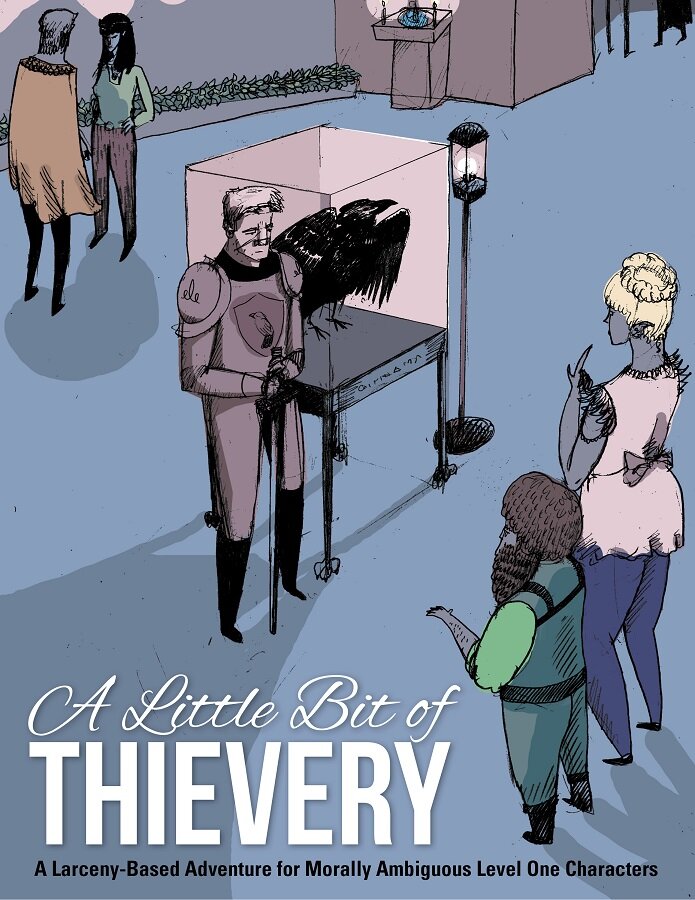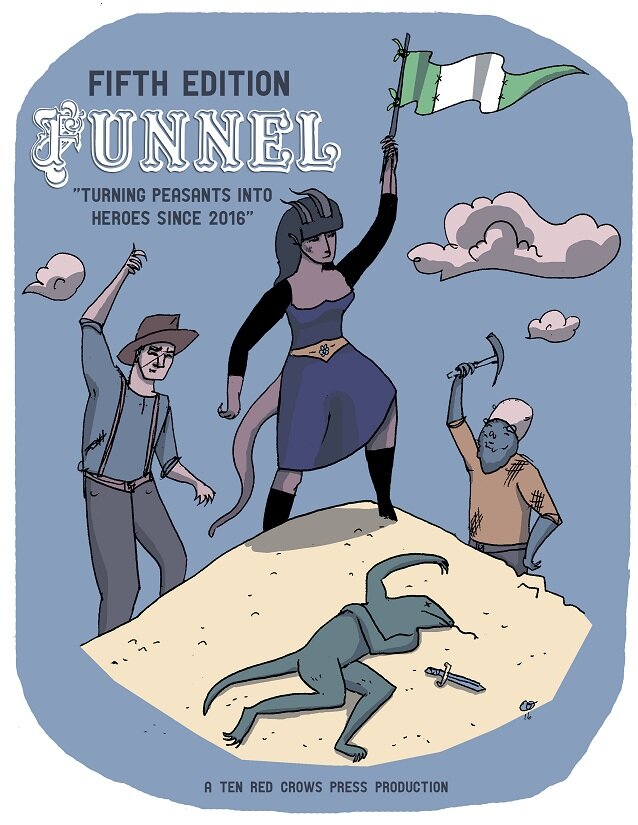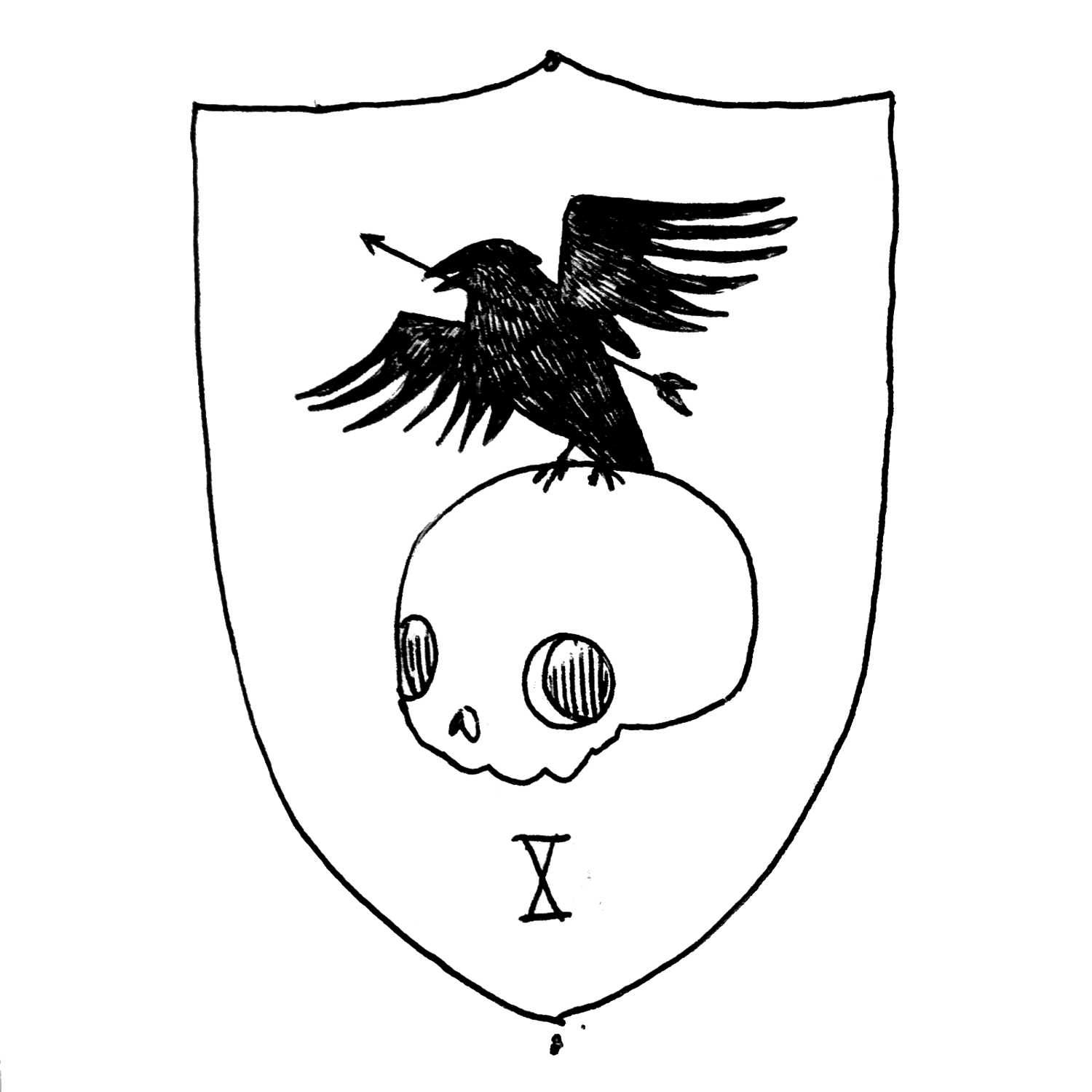Design Notes I: Looking for Alternatives and the GLOG
As I discussed in my last post, there is a lot I like with 5e, but it needs to be less complicated especially at higher levels. Life has happened, and I am now the proud father of a little girl at home, and that will forever impact my gaming time. I just don’t have the time to run a full 5e game, especially with all my other interests.
I want to lean into a simpler system. I am looking for something akin to a D&D pick-up game. Something that has the trappings of 5e, but doesn’t have 1,000s of pages of materials. I lean toward the OSR [Old School Renaissance] because there is a focus on fast easy play. The problem that I ran into was that OSR mechanics can be a mess. While new editions (like Old School Essentials) organize content well, there are mechanics I don’t want to deal with (saves different than your stats, THAC0, thief skill charts, etc). In short, the games are simple, but the core mechanics are more complex and more varied than 5e’s d20+stat+proficiency bonus.
So obviously I needed to write my own Fantasy Heartbreaker
First attempts
My first version dabbled with trying to shove simplified 5e classes into a pseudo-B/X-like system. Honestly, most of it was just random charts dealing with how to quickly generate characters in 5e (most of that work derived from the WoTC Quick Characters Unearthed Arcana supplement). From there, I was influenced by several Dungeon Craft videos where the author discussed his low-level group and their capped hit points. I worked to make a version that capped player advancement at level 9 (but hit points at level 3). I even looked at trying to create a world where Clerics and Wizards have different spell progressions (I see you 2nd edition).
It all worked (kind of) but it was already a leviathan to manage… and this was before adding things like longer spell lists. I wasn’t getting what I wanted. When I ran a test group of 4 characters, I found that I was forgetting to use a character’s powers. Plus they took too long to create.
Along came the GLOG.
I wandered a bit and dredged the internet for ideas. I had stumbled along the GLOG (Gobin’s Laws of Gaming) before, but I found it an incomprehensible mess. I mean, parts of it I could understand, but how did the whole if it all fit together? I have come to understand this is the point, the GLOG is a mess precisely because it encourages you to make it your own.
Once I looked at a couple of versions (including the Many Rats on Sticks Version by Skerples) the system more or less made sense, and it checked a lot of boxes:
It was low level, and the power difference between different leveled characters was minimal
The powers of each class were distilled into 4 levels
Encouraged multiclassing
It was quick and at least partially compatible with other OSR adventures
A fun spell system that doesn’t use spell slots
But it didn’t have the clean mechanics of 5e and I couldn’t find a version that combined the two so, what I can only assume is a heretical contribution to the Glog-o-sphere, I have started on a 5e hack of the GLOG.
If you haven’t checked out the GLOG, I recommend starting with the Skerples version here. The origination of the GLOG on Goblin Punch is here.
You can watch my progress on this google doc. Feel free to leave a comment or suggestion ideas.






